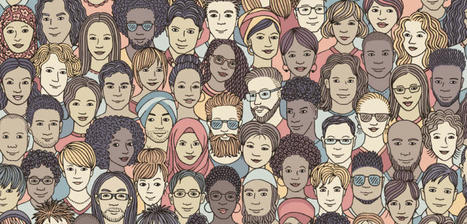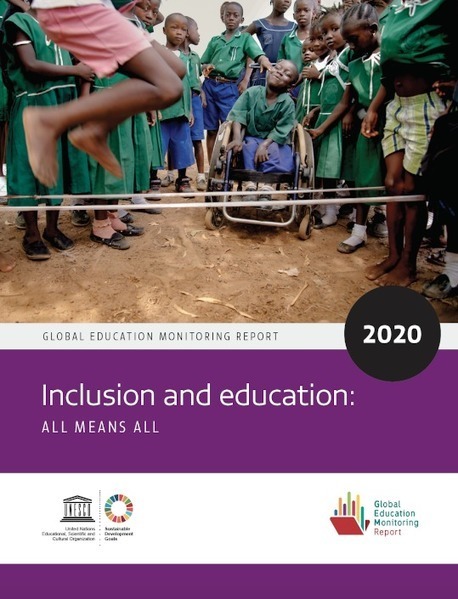What does it mean to infuse equity, inclusion, and diversity into your classroom? Most importantly, what does it mean to your students to provide them with a sense of belonging? These questions aren’t easy, but they are necessary to foster an inclusive classroom and to diversify your content. From culturally responsive teaching, inclusive classroom strategies, teaching diverse learners, gender diversity, and more, we’ll cover an array of topics and strategies you can learn about and start implementing in your own courses to help students feel seen and heard. From articles, free reports, programs, seminars, and courses, this resource guide will present ideas, tools, and techniques that you can start using right away.
Via Elizabeth E Charles



 Your new post is loading...
Your new post is loading...









